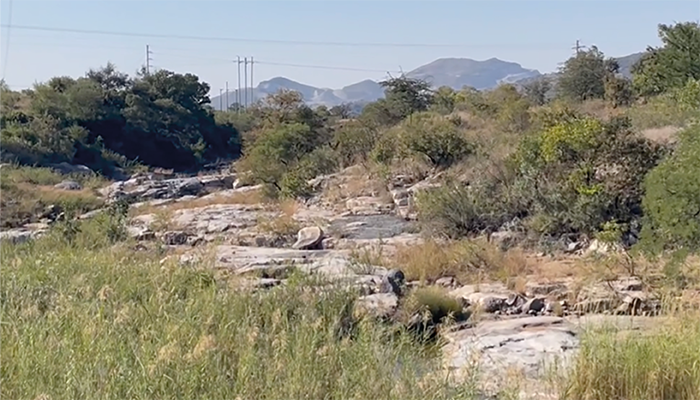
Living microbial communities have been discovered inside two-billion-year-old rock from the Bushveld Igneous Complex (BIC) in South Africa – the oldest finding of microbes in ancient rock to date. These microorganisms were found residing in sealed fractures of the rock, raising important questions about the resilience of life over geological time. The study could have far-reaching implications for understanding the early evolution of life on Earth, as well as the search for extraterrestrial life.
"We didn’t know if two-billion-year-old rocks were habitable. Until now, the oldest geological layer in which living microorganisms had been found was a 100-million-year-old deposit beneath the ocean floor, so this is a very exciting discovery," said lead author Yohey Suzuki, associate professor at the University of Tokyo, in a press release. "By studying the DNA and genomes of microbes like these, we may be able to understand the evolution of very early life on Earth."
The research team employed a combination of infrared spectroscopy, electron microscopy, and fluorescent microscopy to confirm microbial cells densely packed into fractures, sealed off from the external environment by clay minerals. The team used DNA staining and protein analysis to further validate the microbial origin, ensuring that the cells were native to the rock sample and not introduced during drilling. The researchers also introduced fluorescent microspheres into the drilling fluid and tracked them to further ensure that contamination did not interfere with the analysis – one of the biggest challenges the researchers faced, according to Suzuki. “I developed a new method using a precision diamond band saw by which microbes and contamination are simultaneously monitored by microscopic techniques,” he says, speaking with The Analytical Scientist via email. Together, these methods provided clear evidence that the microbial cells found were not introduced during the drilling process, reinforcing their interpretation as indigenous life forms.
Speaking about the implications for understanding early life on Earth, Suzuki says: “Biological features of early life could be preserved in microbes living in 2-billion-year-old rocks, because the rate of evolution is extremely slow in the subsurface.”
The findings also have exciting implications for astrobiology. "I am very interested in the existence of subsurface microbes not only on Earth, but also the potential to find them on other planets," Suzuki added in the press release. "NASA’s Mars rover Perseverance is currently due to bring back rocks that are a similar age to those we used in this study. Finding microbial life in samples from Earth from two billion years ago and being able to accurately confirm their authenticity makes me excited for what we might be able to now find in samples from Mars."




